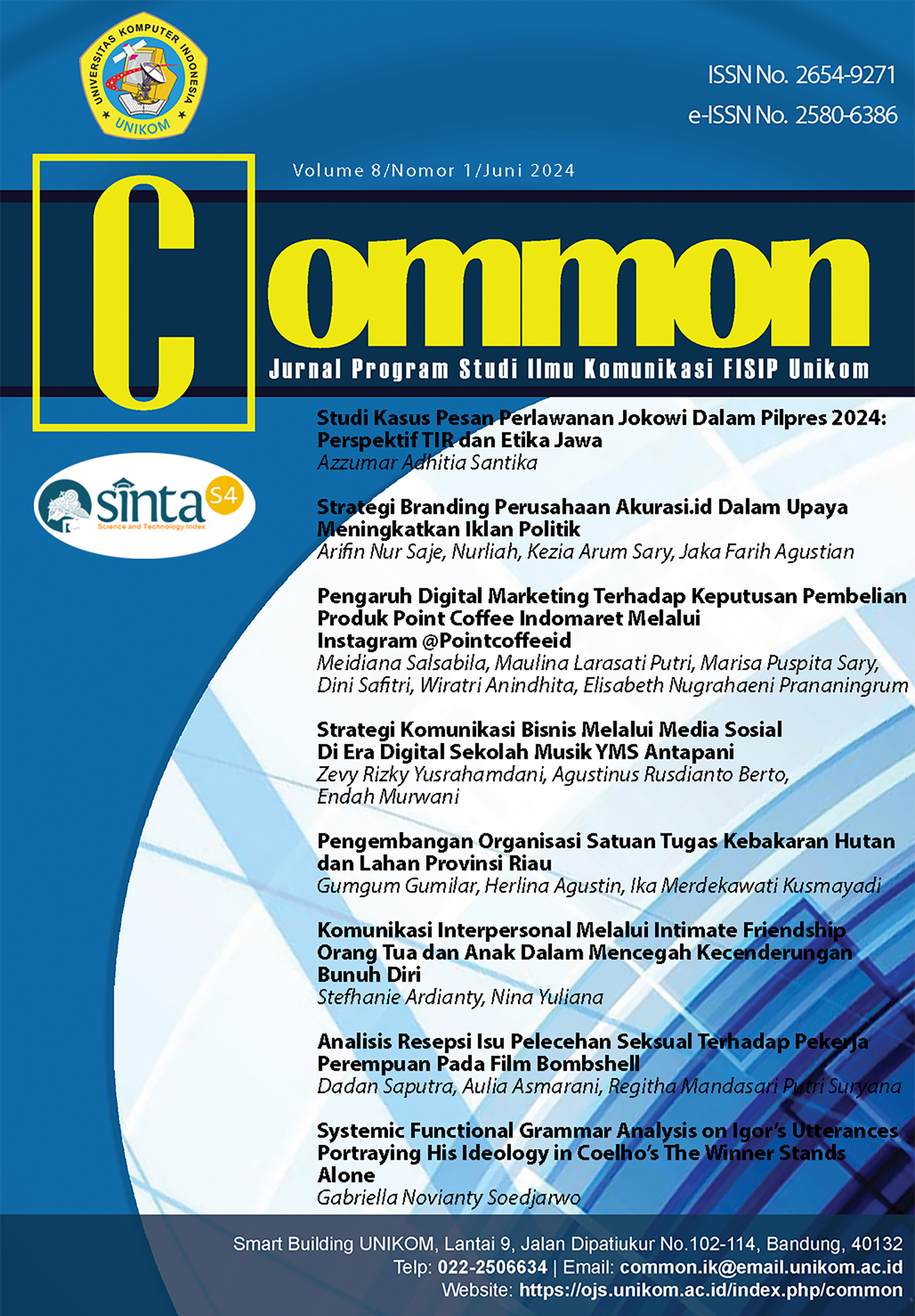Pengembangan Organisasi Satuan Tugas Kebakaran Hutan dan Lahan Provinsi Riau
Main Article Content
Abstract
Forest and land fires are a major problem that recurs annually in Riau Province. Various efforts have been made to prevent the recurrence of this disaster. One of the efforts is to build and develop a Task Force of Forest and Land Fire management to be capable of providing a quick and coordinated response. This research aims to analyze the organizational development of the Riau forest and The tast force of Forest and Land Fire based on the mechanism of its formation and also the four information flow models. This research used a qualitative approach, with data collected through in-depth interviews with stakeholders, field observations and document analysis. Based on the four information flows model, the relationship between the members of the task force and the task force of forest and land fire management was found to be less strong than their relationship with their main agency. Each member of the task force team interacted more within the organization in which they served. The working relationship between the Riau Province forest and the force of forest and land fire team is based on the structure set by the governor, with the main tasks and functions of each section outlined in the governor's regulation. Interaction between task force members is stronger at the leadership level, where they often coordinate to prepare and plan for forest and land fire control, while at the site level, in the integrated patrol team group, they carry out forest and land fire prevention and control activities together. In the forest and land fire control ecosystem, the task force is part of the global forest and land fire control ecosystem. It is expected that the results of this study can provide input for stakeholders in improving the efficiency and effectiveness of the Forest Land Task Force in efforts to control forest and land fires in Riau Province.

